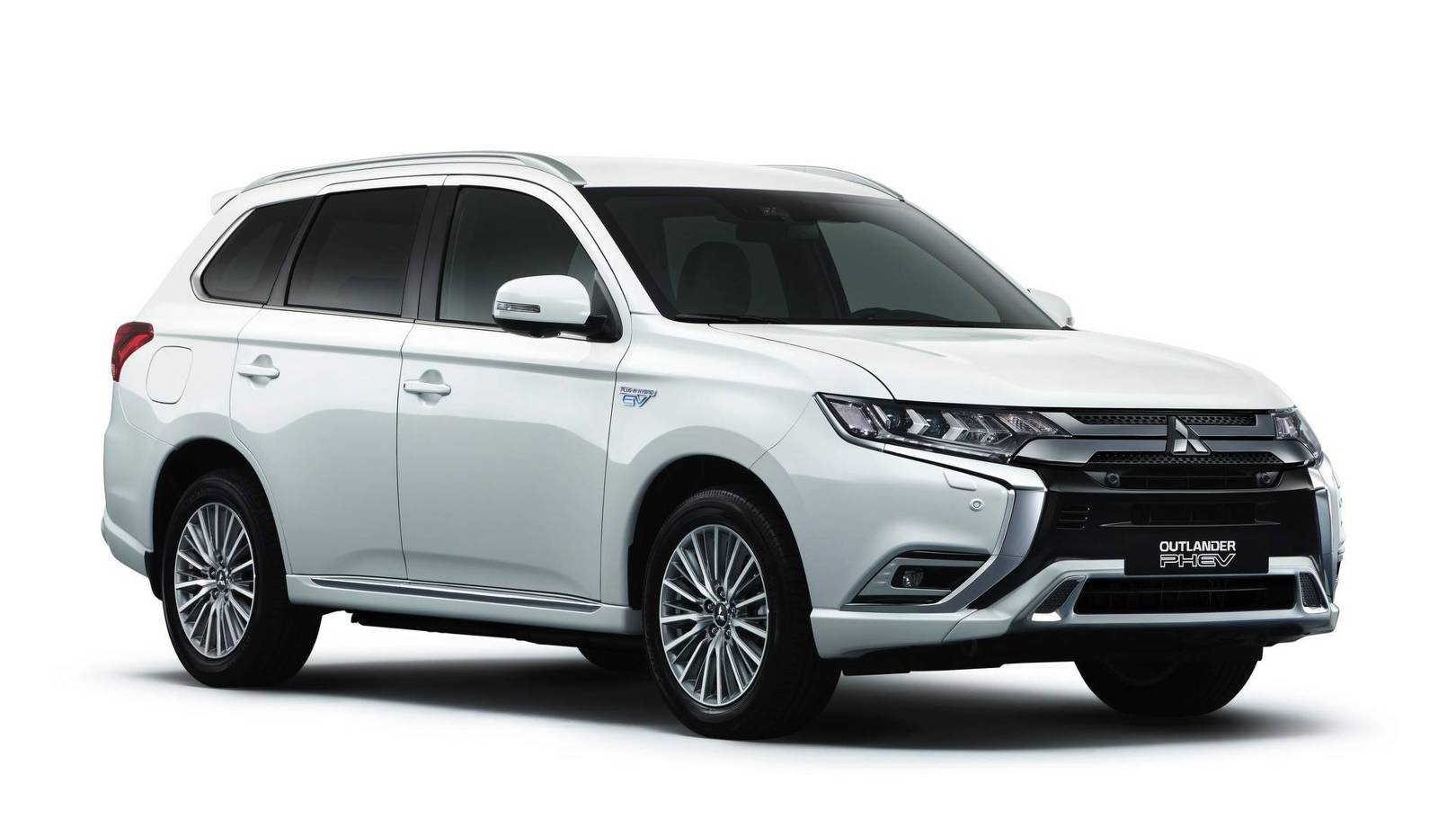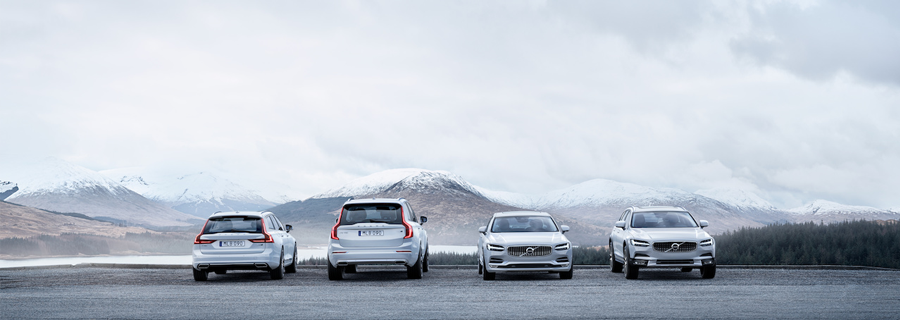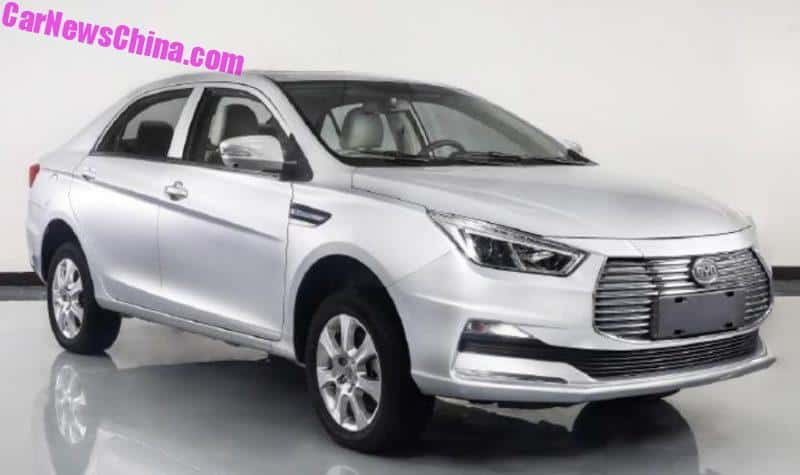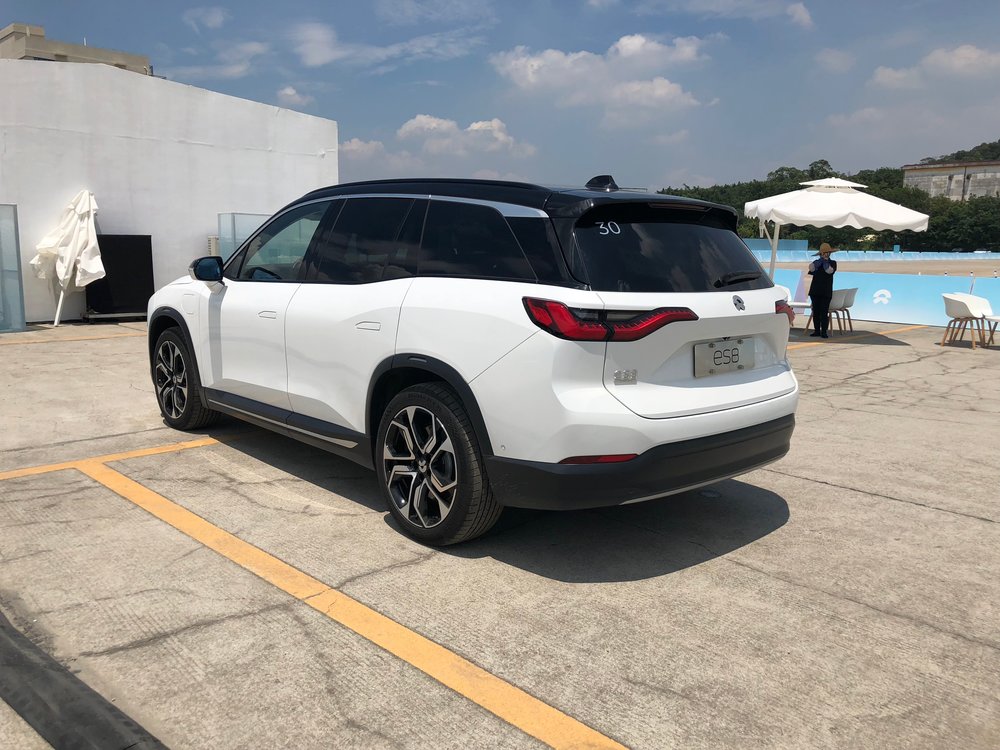Registrations grew an amazing 83% YoY in January, to over 153,000 units, with BEVs jumping even faster, at 143% YoY, allowing them to no have 72% of the market, while the Global PEV share already hit 1.9% last month.
Should these brilliant performances continue throughout the year, and we could reach a final yearly tally of around 3,6 million units.
This would place the global PEV share close to 4% by year end, and the complete disruption of the market by 2021.
But we are already witnessing the first signs of the upcoming disruption, as 9 of the models in January's Top 20 weren't there one month ago, and one of them jumped to #2!
Highlighting a memorable month for the Chinese EV market, not only the BYD Yuan EV jumped to the leadership, after ending 2018 in #17, but 13 out of the 20 models present here came from China…
...And 6 of them (BYD Yuan EV, Baojun E100, BYD Tang PHEV, Geely Emgrand GSE EV, Changan Eulove EV, and Great Wall Ora iQ5 EV) did it with record results, all in one of the usually slowest months in China. Now imagine this kind of disruption on a traditionally strong month, like March…
It is still too early to know if this a freak event, or not, but one thing is certain, the weak month of the Tesla Model 3, only #4 in January is explained by the fact that the maker tried to sell everything it had in December, because of the end of the full US tax credit, and because in January it focused in shipping Model 3's to overseas markets, actual deliveries in January were abnormally low, which should be compensated in February and especially March, with a true tsunami of global deliveries.
March is now looking as a possible record breaking month. Now, imagine how June, September and December will be...
But enough of the disruption being brought by China and Tesla, what about Legacy OEMs, is there anything insteresting happening?
Oh yes...The Hyundai Kona joined the ranking at #15, and should rise even further as the year develops, signaling another trend for 2019: The rise of Korean models.
As for the remaining ranking, it is rather surprising to see the VW e-Golf showing up in #17, but this is maybe one way of Volkswagen saying: "Hey, don't forget us, we are still in the race!".
Finally, a special mention for the quirky Great Wall Ora iQ5 EV, the first dedicated EV from the Chinese giant, having landed only a few months ago and with a, let's say, controversial styling, this sort of Manga-style BMW X4 is helping Great Wall to recover lost time and become one of the major players in the field.
Manufacturers: BYD wins January
January saw BYD win the monthly Manufacturers title, thanks to some 28.000 units, as the automaker kept on pushing production, even after the new year got in.
With Tesla focusing in shipping production to overseas markets, SAIC took the opportunity to jump into Second Place, thanks to a record 14.721 registrations, with the Shanghai-based maker already opening up a significant distance over the competition, in the race for this year Third Spot (because we know who will be in the first two places, right?...).
Coming down from Outer Space and back to Earth, Nissan started the year in 4th, but with #5 Geely growing faster YoY, the Japanese carmaker could lose its spot in a couple of months, which would make three Chinese makers in the Top 4, in the company of Tesla.
And the Best Selling Legacy OEM would be the #5 Nissan. If this isn't disruption, i don't know what is...
And the Best Selling Legacy OEM would be the #5 Nissan. If this isn't disruption, i don't know what is...
The tumble of the month went for BAIC, that dropped to #9, with only 4,500 deliveries, with rumours saying that they had problems at their plants, thus preventing them to fulfill orders, while Chery also had a significant drop, from #7 to #15, regarding December.
But for every drop, there is a climb, and this time it was no exception, Volvo jumped 5 position regarding December, to #15, while the #13 Great Wall and #18 Lifan joined the ranking, both scoring record results last month.




















